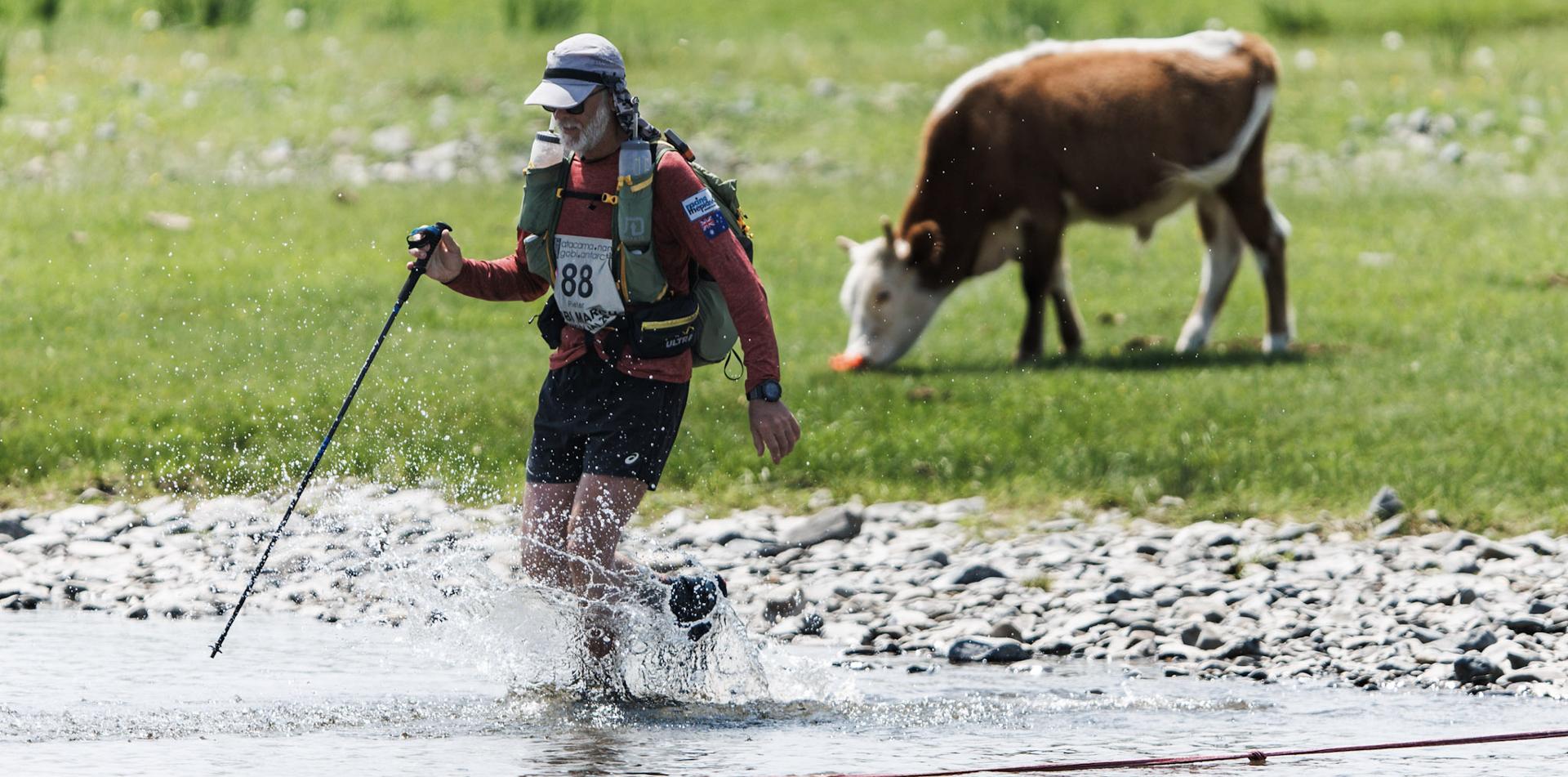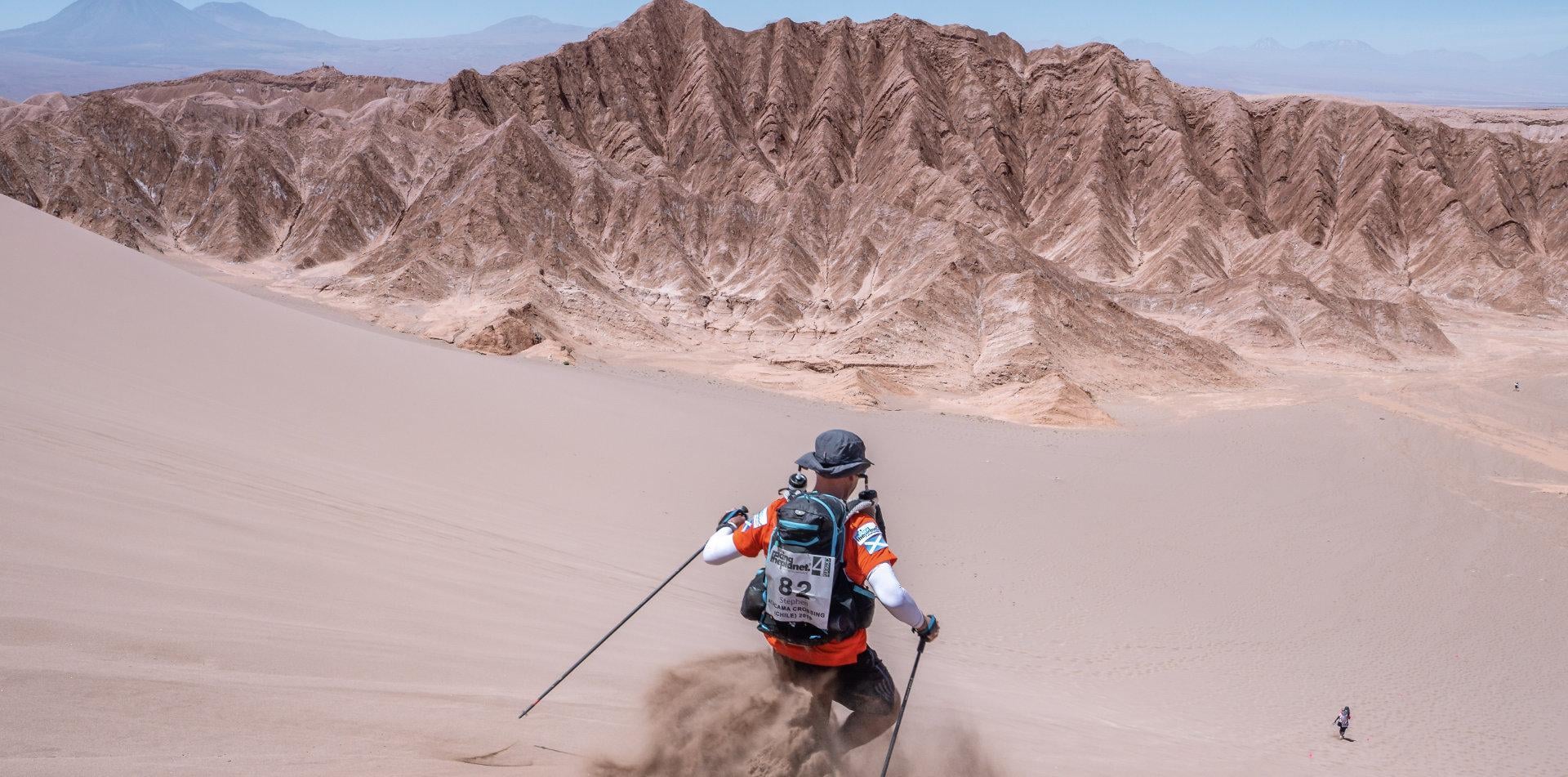Hypothermia (Cold)
Author Pearly Ng, MD
OVERVIEW
Accidental hypothermia is defined as an involuntary decrease in core temperature to less than 35ºC (Celsius) / 95 ºF (Fahrenheit). This may be primary or secondary in nature. Primary hypothermia occurs when a person's ability to retain or produce heat is overcome by heat loss. Secondary hypothermia is seen in people who are ill with coexisting medical conditions such as sepsis or trauma.
Our bodies lose heat through several mechanisms: conduction, convection, radiation, evaporation and respiration. Conduction occurs with heat transfer to an object that is in direct contact with the patient. Convective losses are from movement of air over the body. Radiation allows for heat loss from exposed body surface areas into the environment. Lastly evaporation and respiration are from heat loss via sweating on the skin and exhaling warmed air.
The body has several methods to generate and maintain body heat.
- One of the principle mechanisms is through involuntary muscle contractions, shivering, which requires expenditure of energy.
- Another means of preventing heat loss is through vasoconstriction, a decrease in the calibre of surface blood vessels, in our extremities. This decreases the amount of blood being cooled in the peripheral circulation and preferentially shunts blood to our core.
- Behavioral responses to feeling cold, such as seeking warmer environments and putting on additional layers of clothing, are also very important.
Some of the risk factors associated with developing hypothermia are extremes of age, comorbid medical conditions, poor nutritional status, use of intoxicants, use of medications that impair one's ability to compensate for heat loss and trauma.

SIGNS AND SYMPTOMS
Hypothermia can be graded based on core body temperature:
Mild 32-35ºC / 90-95ºF
Moderate 28-32ºC /82-90ºF
Severe < 28ºC / 82ºF
Another common classification system uses the patient's symptoms and vital signs, which can be useful in situations where an accurate body temperature cannot be obtained. The Swiss Staging System divides patients into 4 groups (HT I to HT IV).
Each of these stages has characteristic signs and symptoms.
|
HT I: |
patient is conscious and shivering |
mild hypothermia |
|
HT II: |
patient is conscious but not shivering |
moderate hypothermia |
|
HT III: |
patient is unconscious, not shivering, vital signs are present |
severe hypothermia |
|
HT IV: |
patient is unconscious, not shivering, no vital signs are present |
severe hypothermia |
With increasing severity of hypothermia, the body's metabolic rate decreases. The heart rate and blood pressure of a patient can significantly decrease, making it difficult to assess for the presence of vital signs. This can impair blood flow to the brain, resulting in a loss or altered state of consciousness.
TREATMENT
Patients with mild hypothermia (HT I) are able to rewarm themselves once they are removed from the cold environment. Remove wet clothing and apply insulating layers or vapor bags. Heat packs may be applied for warmth but should be put over clothing to ensure no thermal damage to skin. Food and hydration should be given to provide energy to maintain shivering in those who are alert.
Patients with moderate or severe hypothermia (HT II, HT III or HT IV) constitute medical emergencies. These patients are unable to rewarm themselves and must be brought to medical attention. Wet clothing should again be removed and the patient placed in insulating bags. Care must be taken to handle these patients very gently as the heart is sensitive and may go into an unstable rhythm from erratic movement.
PREVENTION
- Be aware of weather conditions in the area and bring appropriate supplies for your trip.
- Clothing: wear appropriate moisture-wicking clothing (avoid cotton)
- bring extra layers to prepare for cold temperatures (hat, wind and water resistant outer layers, spare clothing and spare socks to change into)
- Remove wet clothing early to prevent further loss of heat through conduction
- Nutrition: maintain adequate hydration and energy stores. Bring sufficient water and snacks for unexpected delays in your expeditions.
- Recognize the early signs of hypothermia and take appropriate measures to rewarm early. With increasing severity of hypothermia, the level of consciousness may be altered which can lead to poor decision making and further harm.
References
Auerbach P. Wilderness Medicine. (6th ed.) Philadelphia (PA): Elsevier.
Brown D, Brugger H, Boyd J and Paal P. Accidental Hypothermia. N Engl J Med. 2012;367:1930-8.







 Newsletter
Newsletter
 Online Store
Online Store





